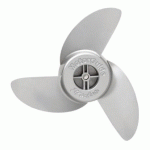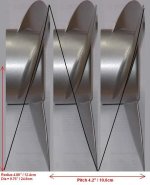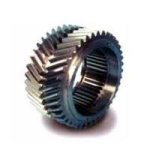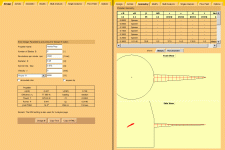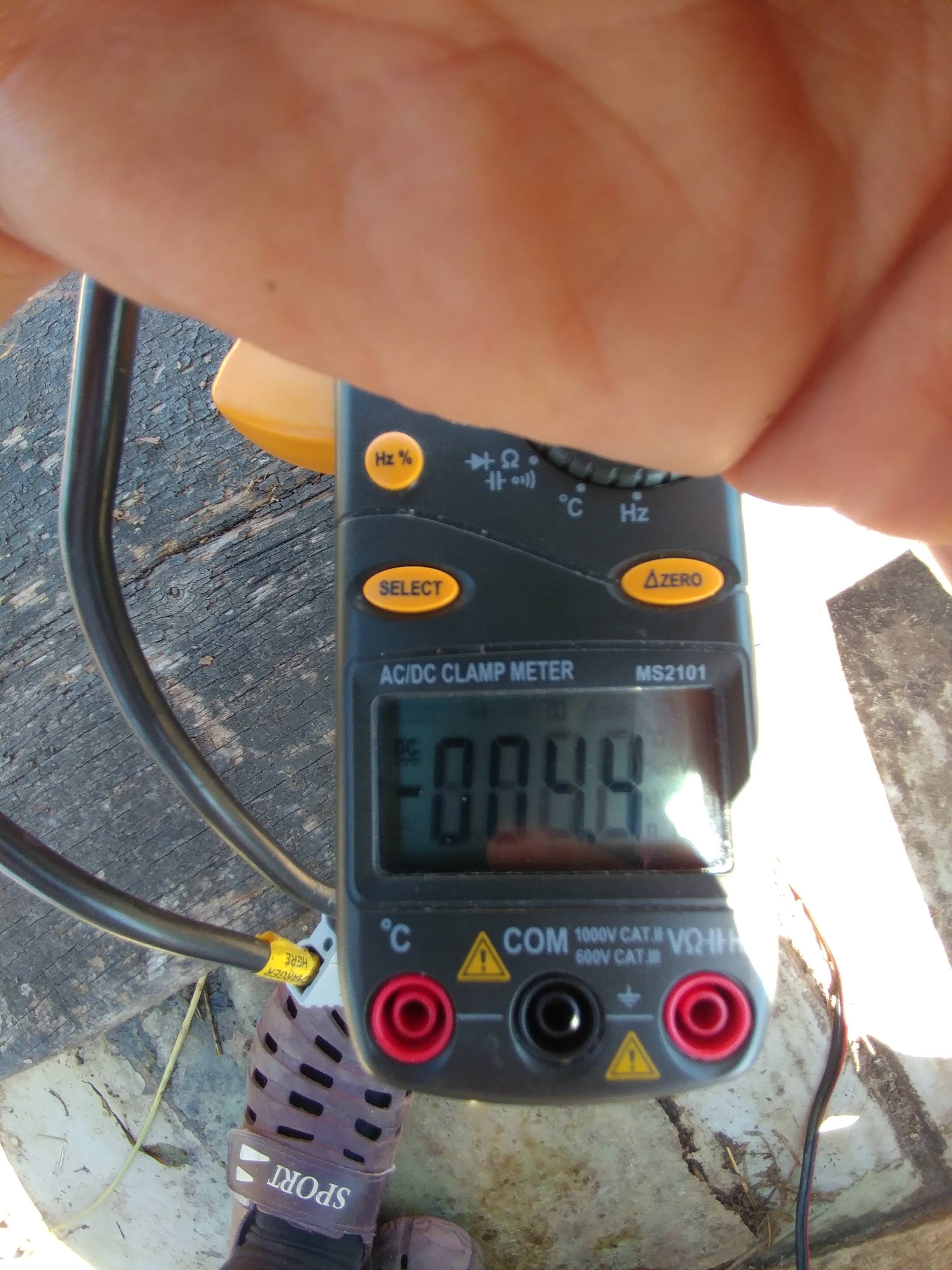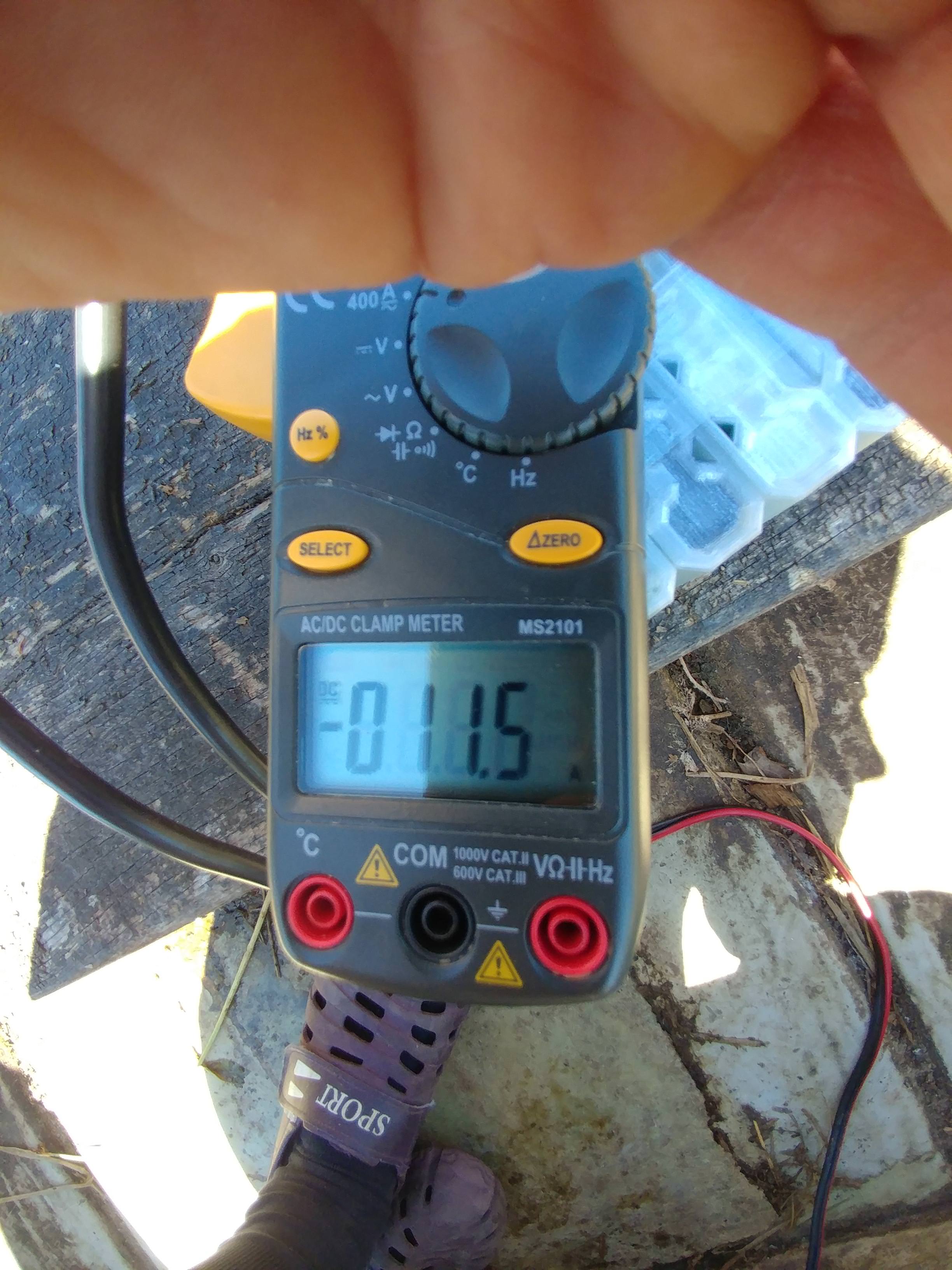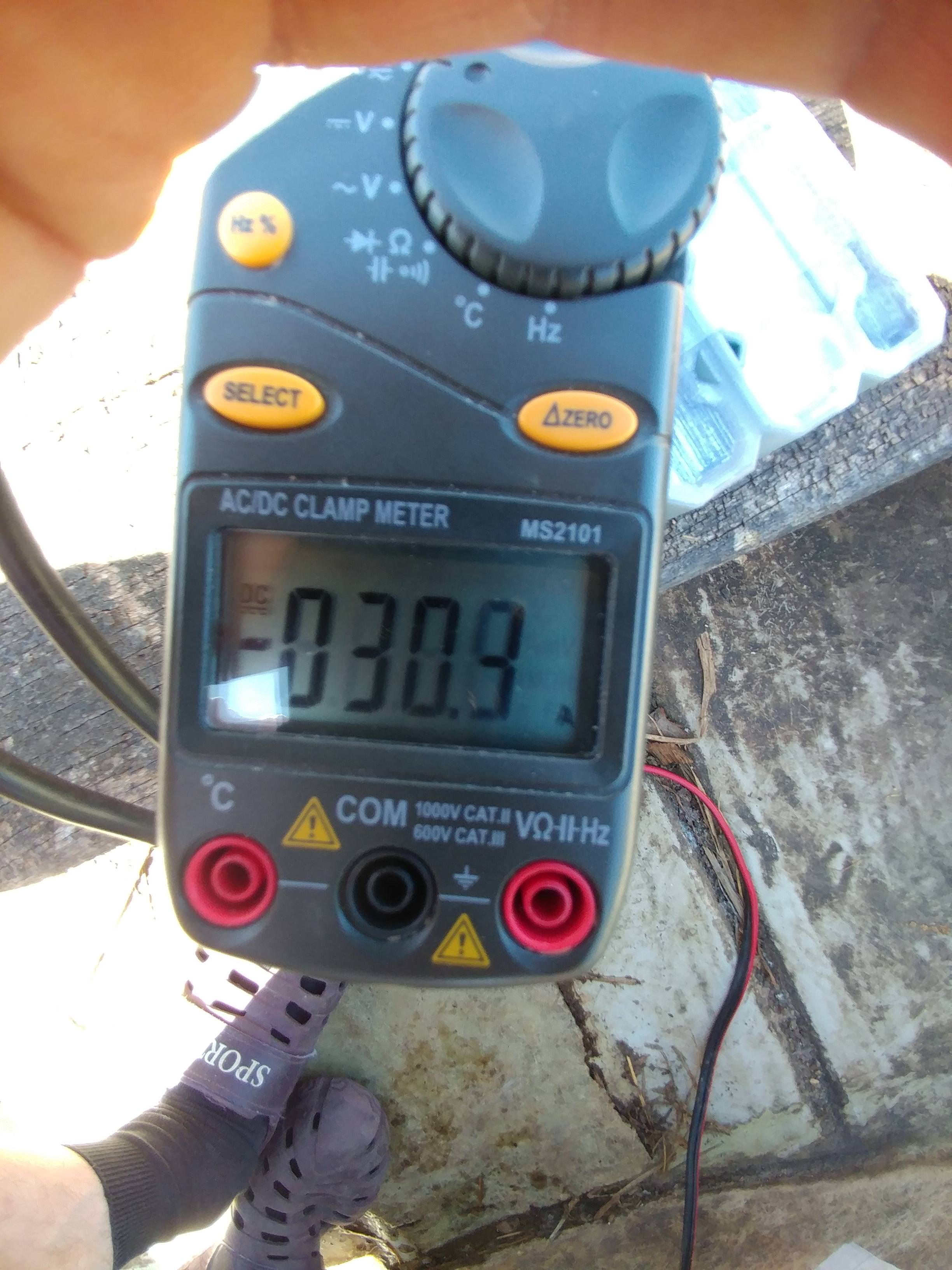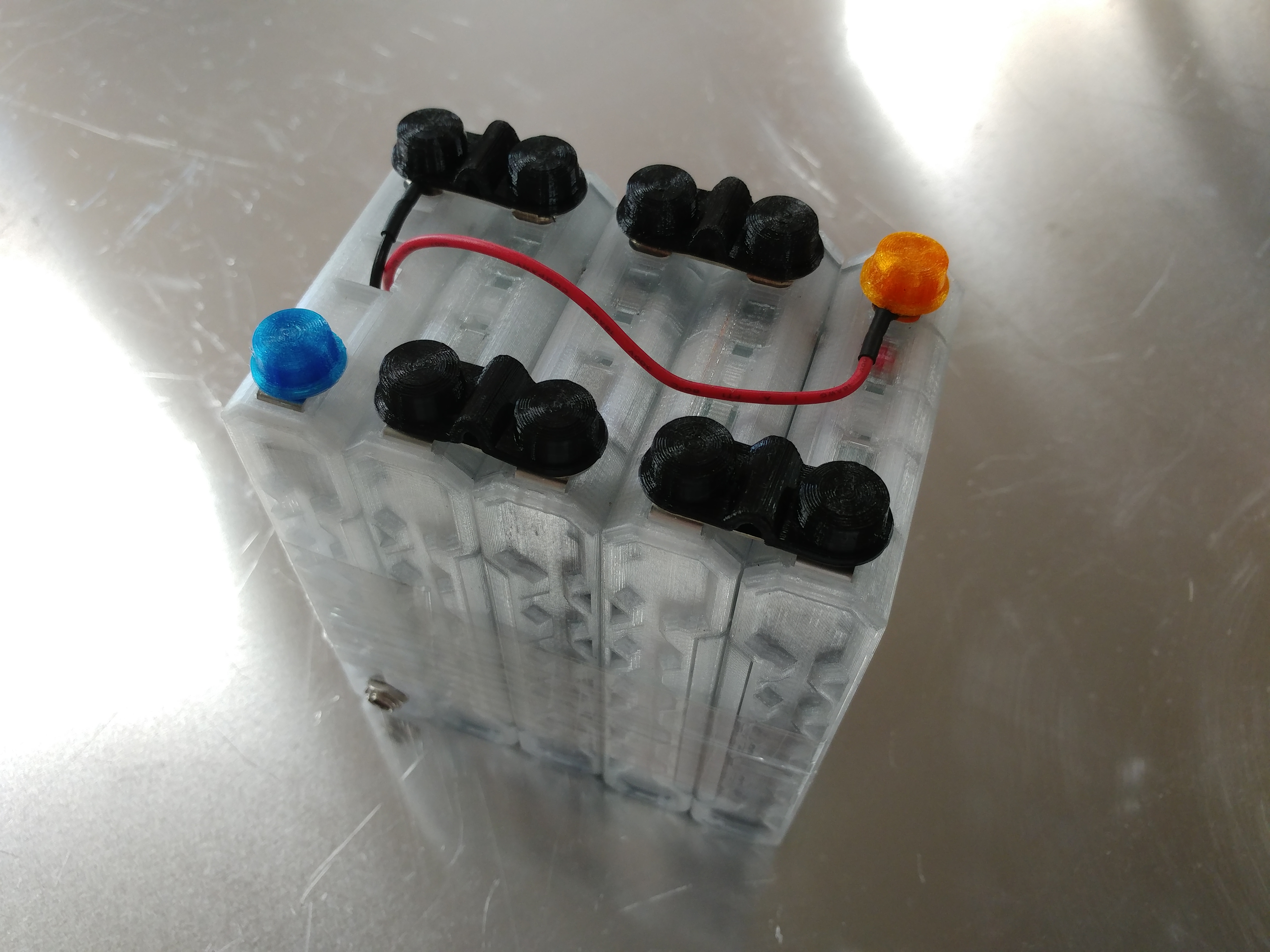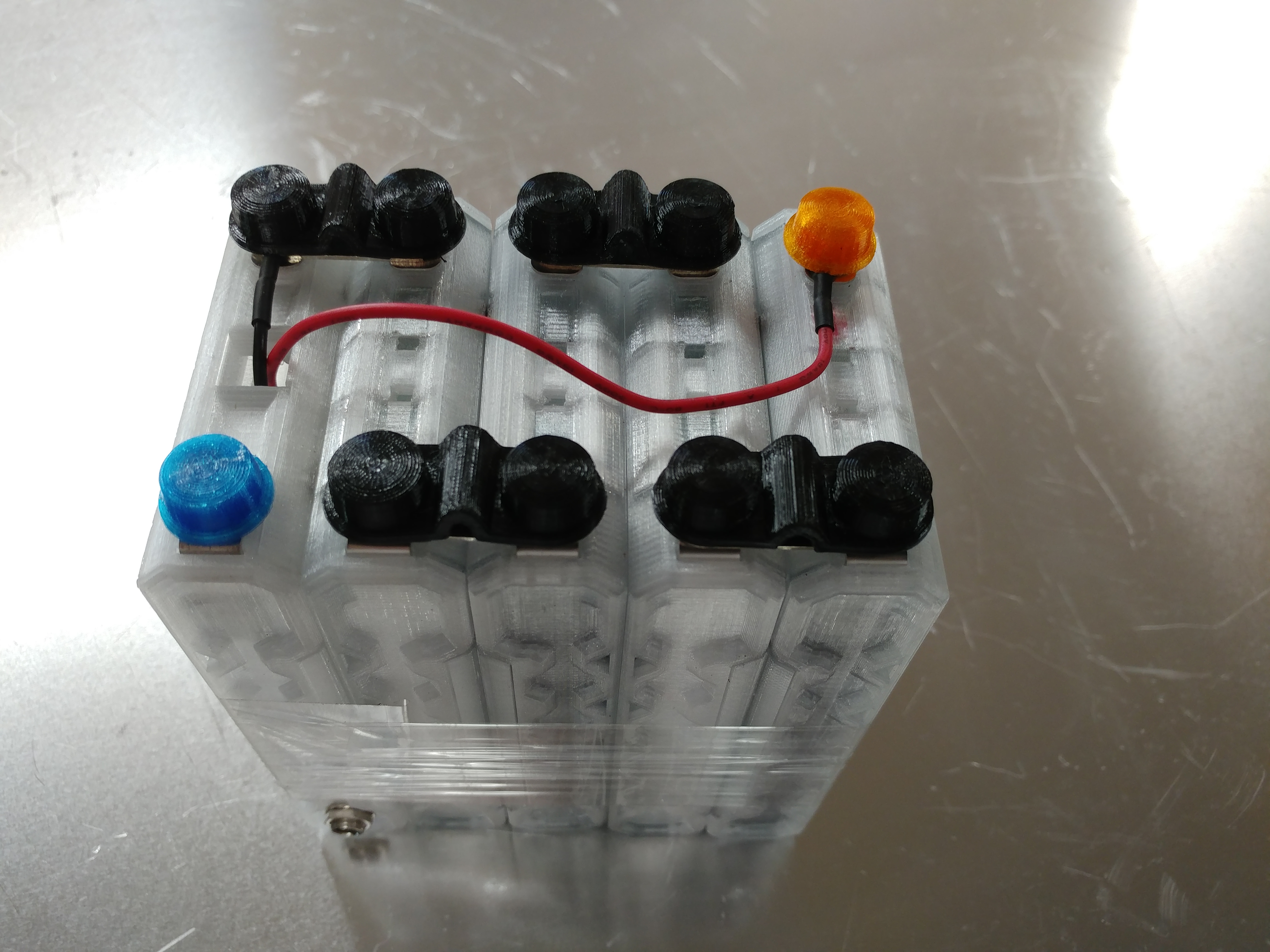Jeremy Harris
100 MW
From that screenshot it doesn't look as if you set the speed correctly, it's at the default of 60 m/S, rather than your boat speed of about 6.7 m/S. Also, you need to set the hub or spinner diameter (I used 50mm) and choose a blade aerofoil profile in the "airfoils" tab. I normally use Clark Y for the root, and E193 for the remainder of the stations to the tip, at an Re of 100,000 (Re might be higher for your prop, you may need to check the chord width it comes up with in the geometry tab and then check the local velocity to see if 100,000 is a reasonable guess for Re).
A three blade 250mm diameter prop, at 6.7 m/S and 1500 rpm, with 6000 W , would need a pitch of 390 mm (a bit on the coarse side) and would have an efficiency of about 70%. Thrust would be about 629 N.
Generally, getting the pitch close to the diameter seems to give close to optimum results a lot of the time, and is a good indicator you're going in the right direction when changing things.
The prop in that picture I posted above runs at just over 85% efficiency, but isn't that practical for everyday use.
A three blade 250mm diameter prop, at 6.7 m/S and 1500 rpm, with 6000 W , would need a pitch of 390 mm (a bit on the coarse side) and would have an efficiency of about 70%. Thrust would be about 629 N.
Generally, getting the pitch close to the diameter seems to give close to optimum results a lot of the time, and is a good indicator you're going in the right direction when changing things.
The prop in that picture I posted above runs at just over 85% efficiency, but isn't that practical for everyday use.


